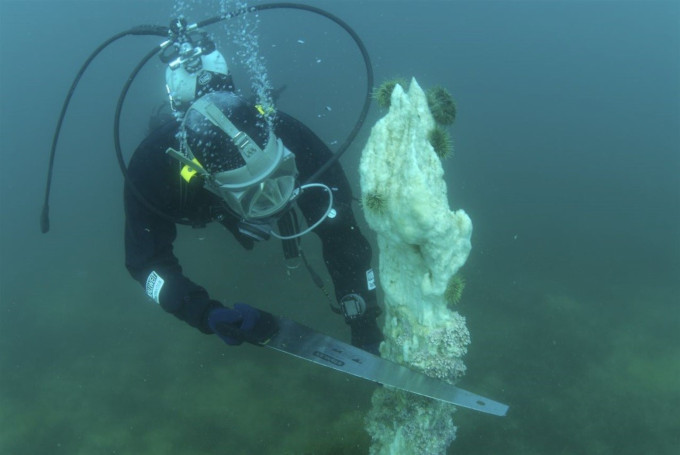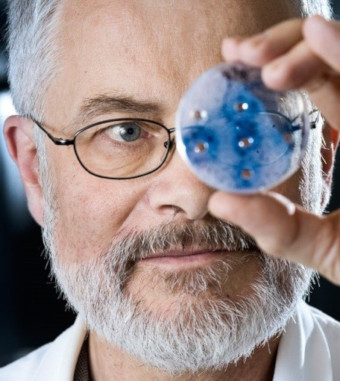
Microorganisms from the environment represent a vast and largely untapped natural resource, and the exploitation of these organisms holds a great potential for the future development of food and feed products, ingredients, pharmaceuticals and fine chemicals, and enzymes for biotechnology.
Microorganisms that thrive in cold environments like the ice cap, sea ice, glaciers, cold streams etc. are particularly interesting since they are adapted to life at low temperatures. All their molecules and metabolic pathways have been adjusted through evolution to function at low temperatures. We can utilize such molecules in the design of processes that are more hygienic, gentle, preserve taste and flavour, and economic. For example, in many dairy and food production systems, low temperatures are needed in order to minimize the risk of growth of harmful microorganisms and in laundry processes, low temperatures are wanted due to lower fuel consumption.
We combine modern ‘omics technology (metagenomics, genomics and transcriptomics) with state-of-the-art methods in microbial genetics and ecology to identify novel biotechnologically important microorganisms, to discover and characterize new enzymes with a potential in industrial processes and in biotechnology, and to uncover new antimicrobial, bioactive metabolites.
 We have discovered and engineered cold active beta-galactosidases (lactases) for production of lactose free milk, alpha-amylases and proteases for washing at low temperatures, anti-fungal and anti-cancer peptides, and a lot of other enzymes and bioactive molecules.
We have discovered and engineered cold active beta-galactosidases (lactases) for production of lactose free milk, alpha-amylases and proteases for washing at low temperatures, anti-fungal and anti-cancer peptides, and a lot of other enzymes and bioactive molecules.